Today’s All Things IC countdown to Christmas article highlights five-and-a-half things to know to get the most out of creating video with colleagues.
 What fancy kit do you need? A smartphone. That’s it.
What fancy kit do you need? A smartphone. That’s it.
I challenge you to give it a go – Nick Rainey is here to tell us how to do it well.
Nick (pictured) has a background in advertising and content and is obsessed with all things film-related.
He currently works at co-creation video company Seenit, helping the startup to “continue its crazy growth” however he can.
Five-and-a-half things to know about creating videos
Now that almost all your colleagues have smartphones capable of capturing high quality video at any time, it should be easy to turn them all into Steven Spielberg, right?
Then you can sit back, send them to events and ask them for feedback and ideas and before you know it you will be drowning in amazing footage.
Unfortunately that’s not quite the case. As with any internal tool, execution and process is crucial to get collaborative video of the ground.
Here are some things we have learnt helping the likes of Morrisons, HSBC and Accenture to create content with their colleagues anywhere in the world for a whole host of initiatives.
- Stick to the script!
Just asking people to film something is far too open, you need to be as prescriptive as possible so they have a good idea of where to start.
This might include something like “intro shot – my name is …… and I work in ….. as a …… or simply “answer the question filming selfie style/get a colleague to film you”.
Ironically we find the more specific you are about what you want, the more creative your contributors end up being!
- Set a deadline and a purpose
Adding a deadline for the content to be created is crucial to get people to contribute quickly (or at all!). We also find short deadlines are better, as it avoids people putting it off until later (and then forgetting!)
People are also more likely to get involved if they know the purpose of the project and where the final video will be published (internal or external etc.) – otherwise everything is too open-ended and they won’t understand what you are trying to achieve.
- Empower your filmmakers
Just reaching out to everybody with a generic message is a big no-no. Filming themselves is a significant (if fun) task so you need to make sure they know that their voice and viewpoint is valued.
Contact them individually where possible and make sure the language is about them being “chosen” because of their skillset etc. and that “we can’t wait to hear what you think”. If you do a wide call-out in the wrong tone you risk people thinking “other people will do it” or “why should I bother.”

- Give them some tips and examples
Example videos – shot on phones like you expect your colleagues to – are essential. You should always lead by example, so creating a video of yourself to launch the project and explain its aims is a great idea.
It shows them how easy it is and helps you to start thinking in video too!
- Communication and building your community
Your work isn’t done once they are off capturing content with your brilliant script in hand. You need to keep checking in and if possible review their efforts so far so you can tell them what an amazing job they are doing so they feel empowered and inspired.
This also gives you an opportunity to tell them if they’re doing something wrong – e.g. avoid filming in noisy building sites or wind tunnels. This dialogue is important because it helps them feel valued and part of a community, as well as giving you the opportunity to give advice along the way.
If you wait until the end it could be too late, and there some things even the best editor in the world can’t work with, trust us!
5.5 Praise them!
Whether you end up using their content or not, you need to remember that you are getting colleagues to go above and beyond anyway so make sure you tell them how awesome they are for getting involved.
That way they will be far more likely to do it again and encourage others to get involved to – it’s crucial for building a happy, content-creating community.

When all this comes together you can create something truly engaging and authentic that your colleagues enjoyed creating and are proud to be part of.
A great example is this “Day In The Life” video we did with our clients The Hut Group;
Wing Yung Chan, CMO, The Hut Group, says: “The story of a business is not a story of just one person. It’s a shared story of all our employees, partners and customers and how we all came together to build something special.
“Seenit’s UGC platform is about co-creation and using it to tell the joint narrative of a hundred faces is a much more compelling and indeed reflective way to tell our actual story. We recorded over 280 individual pieces of footage or photos from 76 individual contributors.”
Post author: Nick Rainey.
First published on the All Things IC blog 6 December 2016 as part of the All Things IC countdown to Christmas guest post series.










